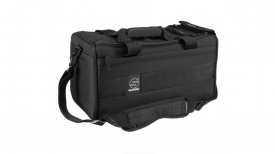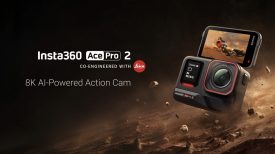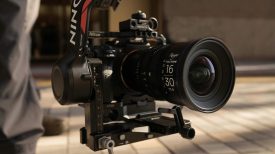I received a Sony a6300 for testing this week and immediately set about evaluating its performance. The diminutive camera has a strong feature set which includes a Super35 sized sensor, internal 4K recording with no pixel binning, slow motion, a range of internal gamma settings and the ability to accept XLR audio via the XLR-K2M adapter (although there is no headphone jack, which is a major omission, and rolling shutter seems bad).
But it’s the camera’s autofocus abilities that fascinate me the most. For the first time, a $1000 compact system with 4K has a rapid phase detection autofocus system that works in video mode. This is hugely significant because it brings the technology to a much lower price point than the likes of the Canon C100 mkII or 1D X mkII. Now just about every video journalist or wannabe documentary maker can afford it.
But how well does it work? Can you really shoot a whole piece with it? And does it make shooting easier, or more complex?
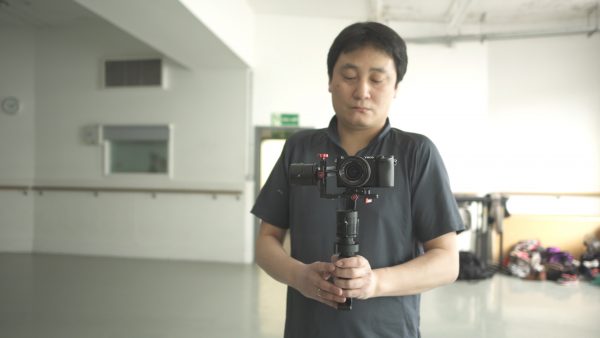
To find out the answers I set myself the task of shooting a short video of my friend’s dance group at London’s Pineapple studios, all without touching the focus ring once.
The other catch was that, like so many events that I cover, time was extremely limited. I had just over an hour to get all the shots I needed during a rehearsal that I could not interrupt – there were absolutely no set up shots in the video. The dancers only performed the whole dance three times and I needed a wide variety of shots.
What better opportunity, then, to try out the a6300? I used just two lenses, a Zeiss/Sony 24mm f1.8 and a Sony 18-105mm f4 G lens. I shot either handheld, or on a CameTV Single brushless gimbal. No tripod was used as I wanted to stay mobile and get as many shots as possible in the short time.
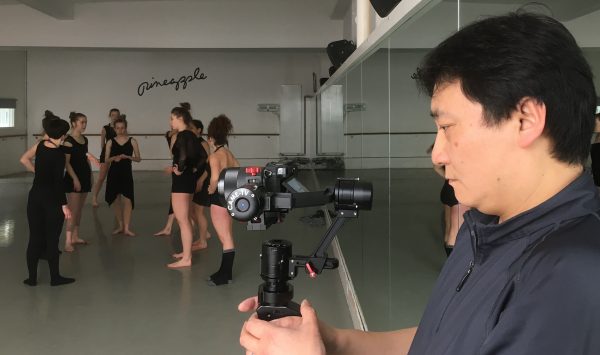
One thing I learned straight away about the a6300’s phase detection AF is that it doesn’t work with adapted lenses at the moment. If you were hoping it would track well with a Metabones and the Canon lens then you are out of luck. For the system to work you need native Sony E-mount glass.
I’m going to continue to evaluate the autofocus on this camera over the next few days. Please treat my findings here as preliminary and subject to change.
The a6300 has several autofocus settings that you can use to shoot video. You can select a focus point manually, use a wide area, or leave the camera to decide for itself. There are different focus and tracking speeds available too. You can also choose to assign the starting and stopping of autofocus to a custom button, or you can toggle between AF and MF if you so wish. Sadly, the rear screen does not have touch functionality and so you can’t choose the focus point using it – as you can with the Canon 1DX mkII.
I still haven’t had time to fully work out which option is best for which subject, but for this video I used the wide area with fastest AF drive speed and Normal tracking. There was going to be no time to try and follow targets on screen by toggling buttons, and no way to easily start and stop the AF when the camera was on the gimbal – the camera would have to fend for itself.
As you can see from the results, it worked remarkably well most of the time. There were a few occasions where the camera just wouldn’t lock onto a subject and I had to edit these frames out of the video. The system does not like areas of near continuous tone; these give it a problem as there is not much contrast to detect. The focus can get temporarily ‘stuck’ from time to time in these circumstances (see the video of the fence and lights below).
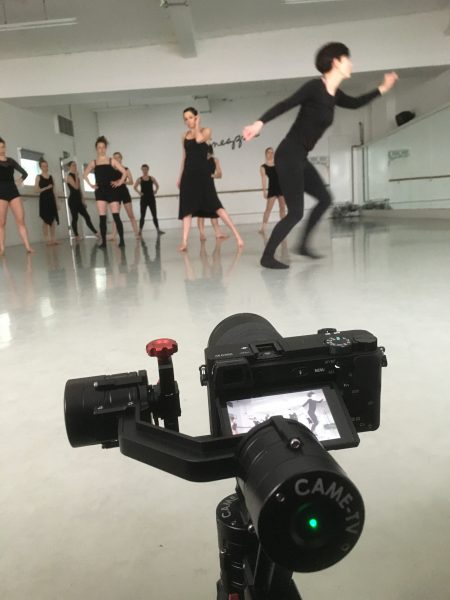
But overall I think I got far more usable shots than I could have got using manual focus in the time available. The ability to film something like this so easily is quite amazing.
Does this mean I would actually use the AF all the time? Of course not. At the moment I don’t feel I can rely on it for shots where I need to be 100 per cent certain that I have it right. In these situations I would still default back to manual if the subject was static, or moving in a predictable manner. With the A6300 I would probably get the focus close to right by using autofocus assigned to a custom button, then focussing the actual shot manually.
I also found that the focus controls and menus were all just too fiddly to use in a hurry. I think with more time I would become familiar enough to get it right, but even so I found that I couldn’t use the camera too long before my hand started to feel the strain of pressing tiny buttons in awkward places.
If you want to use a monitor or EVF with the a6300 to get a better view of the focus settings then you are out of luck in 4K. Like the a7S II and a7R II, the a6300 can’t output display overlays via HDMI when shooting 4K, although strangely it works in HD mode. This means you are completely reliant on the small EVF and screen on the camera to judge all focus settings.
It also seemed to me that the autofocus was much more responsive in HD vs 4K. I haven’t confirmed this yet, but here is some video I shot that seems to bear out my theory:
For users like me, who have other higher end cine cameras, I don’t see the a6300 being a main camera. I do, however, see it being incredibly useful as a shot-getting device, especially when there is limited time. It is small enough to be placed almost anywhere and the AF means that you will get something usable 90% of the time. Combined with a small brushless gimbal like the CameTV Single it is a very powerful documentary tool indeed.
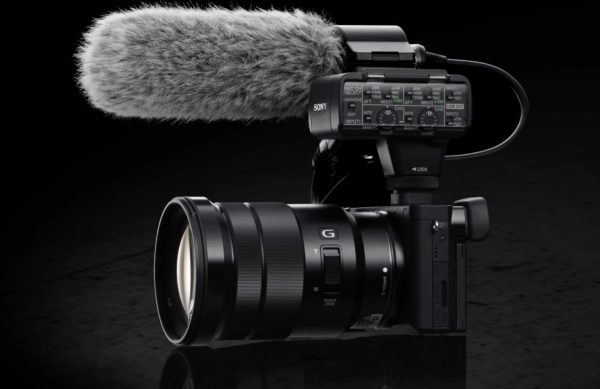
If you are a video journalist, student or enthusiast that wants to shoot real world events, then the a6300 is close to being the perfect budget camera. If it had a headphone jack and slightly easier controls then it would be a much better camera. Rolling shutter is a concern too, but for most lower level work it’s something many users will likely live with. Provided you can work around the audio, then the a6300 is worth a look.



